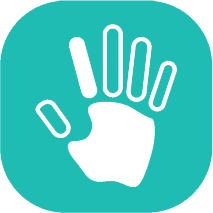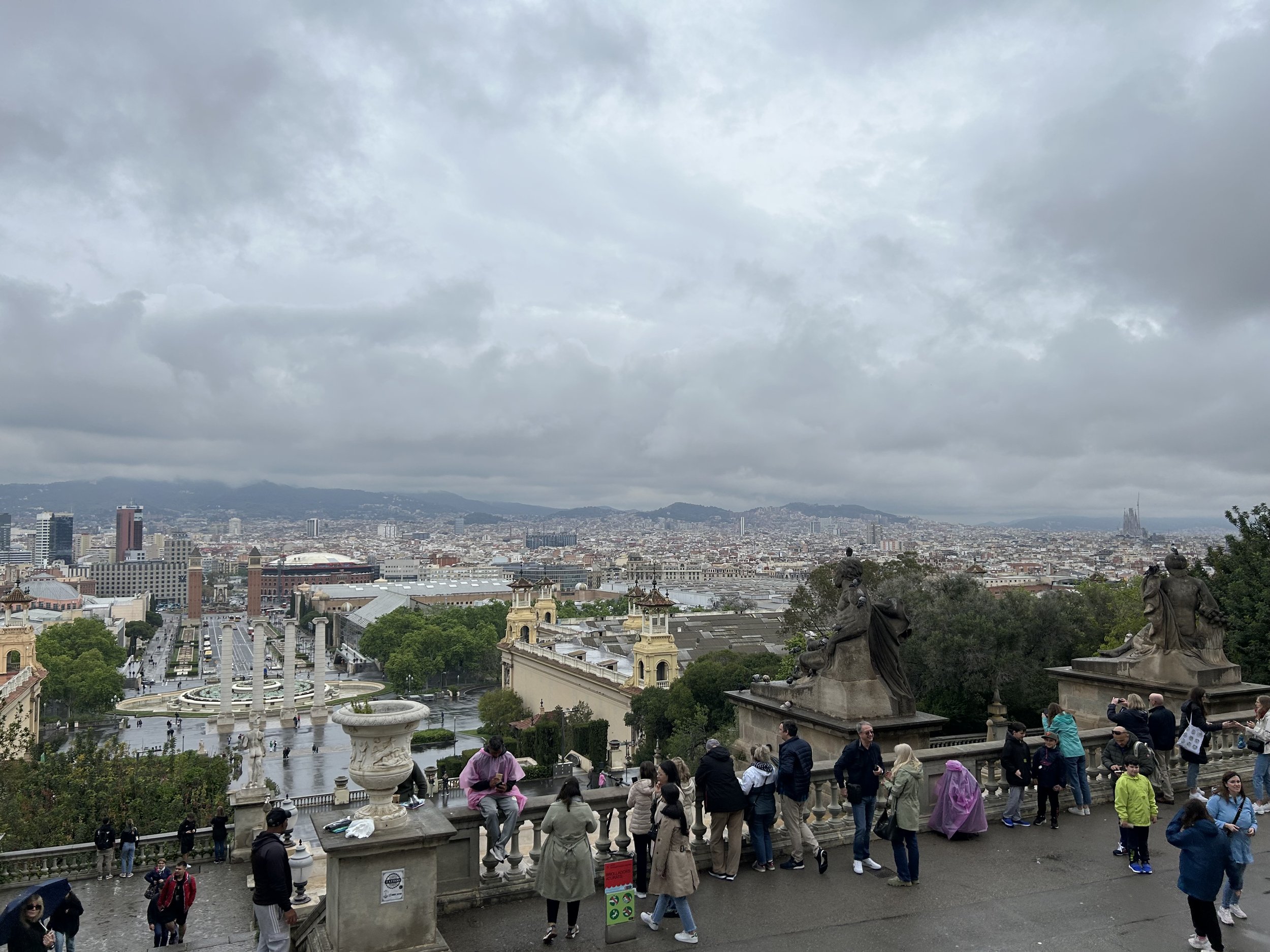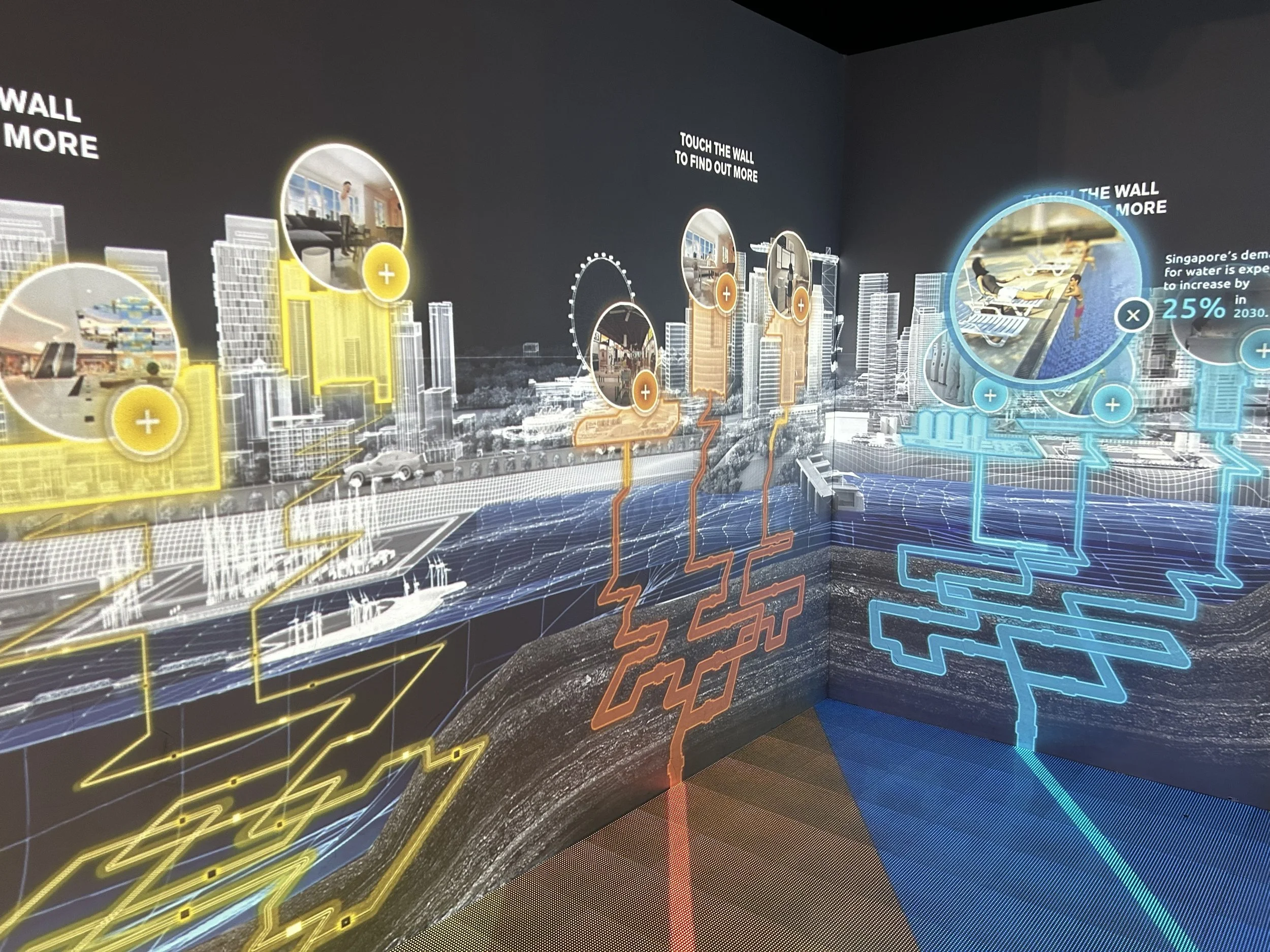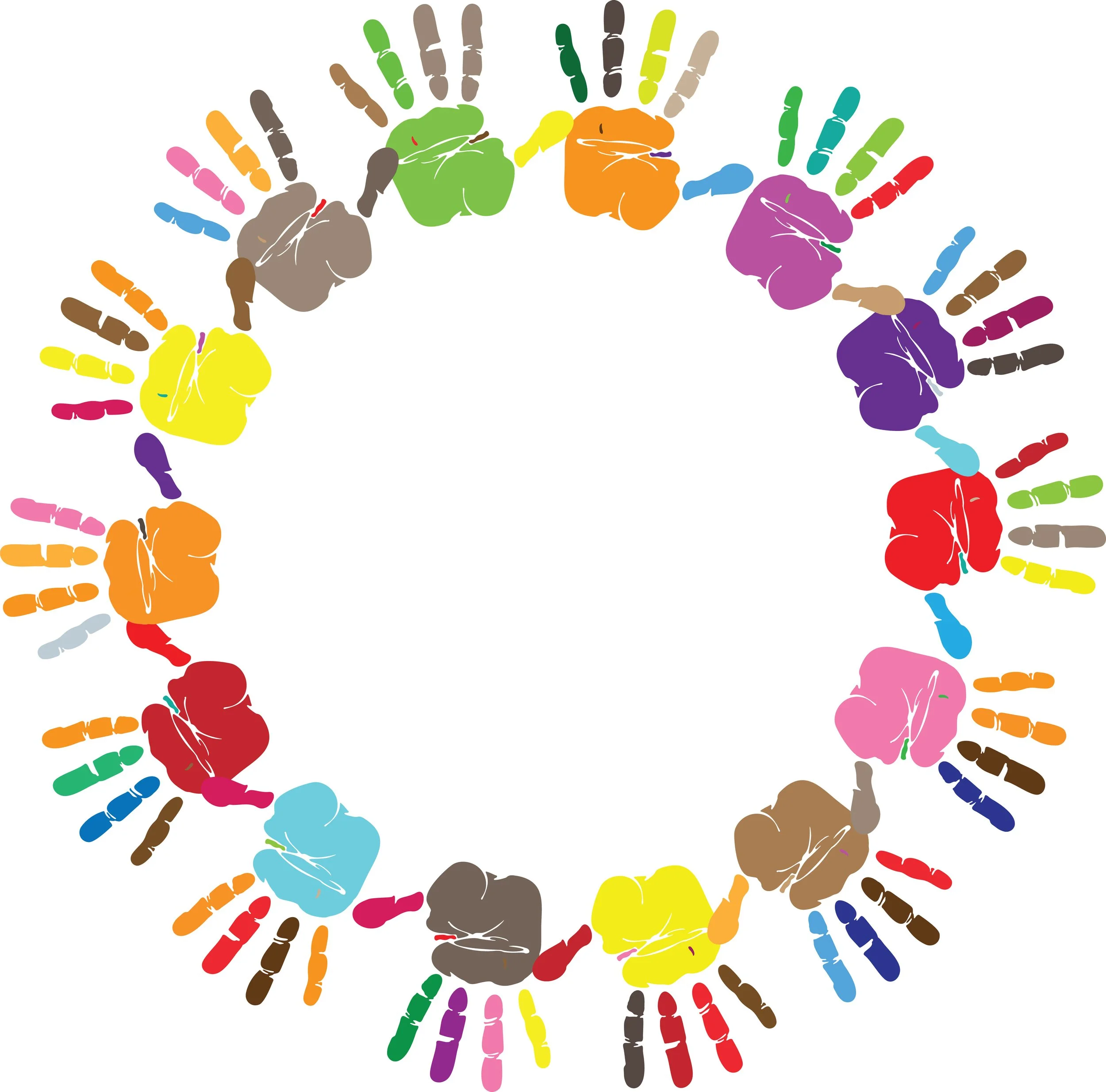What is good design? How can we understand the potential of what this is across this large, diverse world? How could such a definition accommodate so many different places, people and projects and be useful? And how can we remember and be interested in using such a definition with our peers, colleagues, and clients and change the way we think, especially with regards to our relationship with nature?
The concept of handprints (instead of footprints) is useful. While “footprints” measure the negative impacts of our actions, “handprints” focus on the positive outcomes we create. By shifting attention from minimising harm to maximising benefit, this framework asks questions to energise people to envision and deliver projects that actively contribute to better outcomes, rather than simply reducing damage or doing less bad.
This also works with an approach used by oral cultures – the idea of our hands. Working with five fingers, each with three knuckles, we create a grouping of the ideas into 5 main themes, each with three sub-ideas. We can then carry these ideas with us wherever we go, and easily bring them to life no matter who we are talking with and delve into deeper possibilities for realising potential within each approach. .
To help us understand what positive handprints can mean, we consider the following 5 questions (fingers) and their sub-ideas (knuckles) to open potential as we create, work, and reflect on our work.












